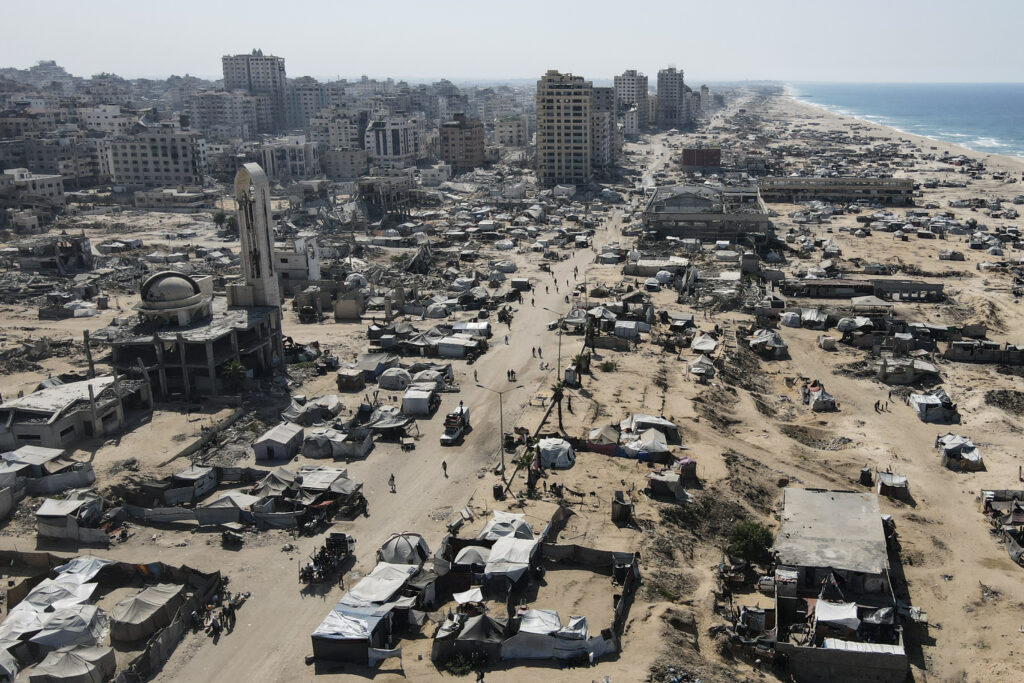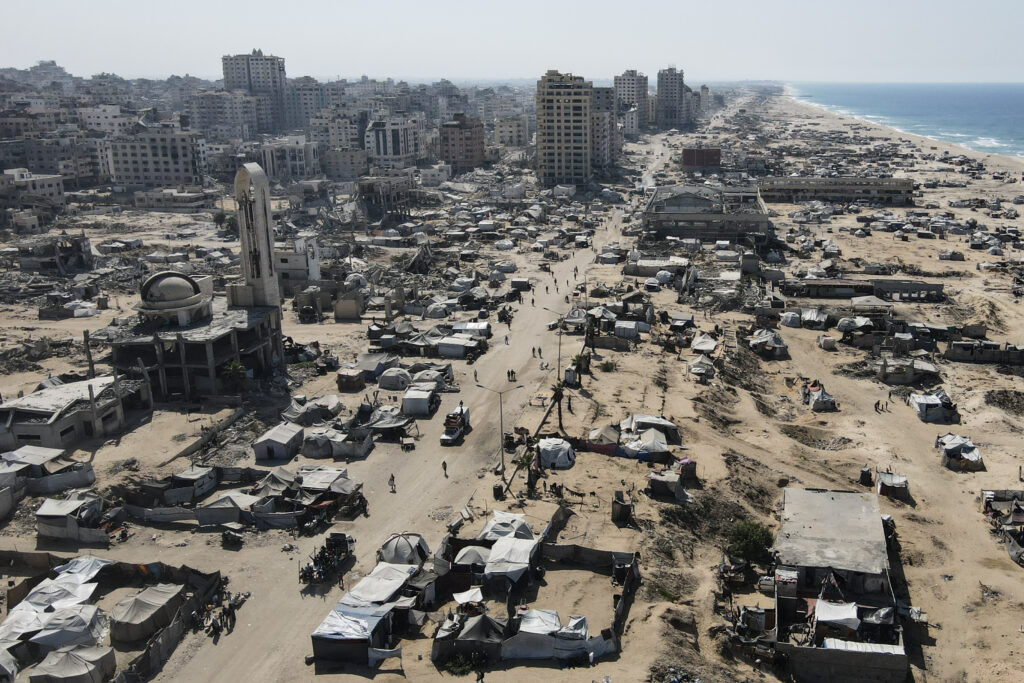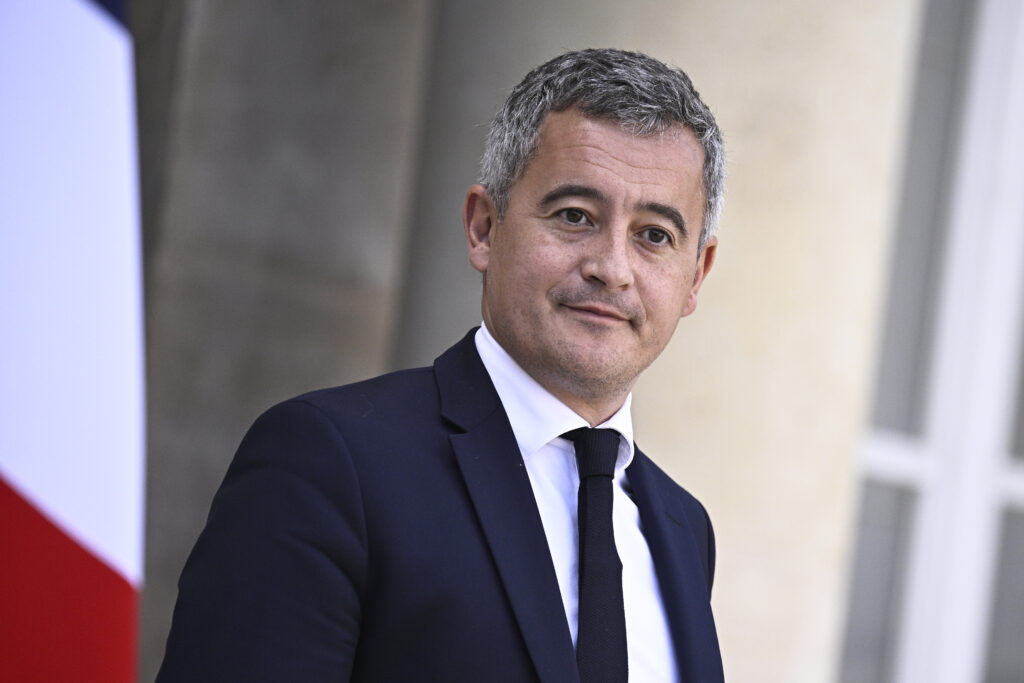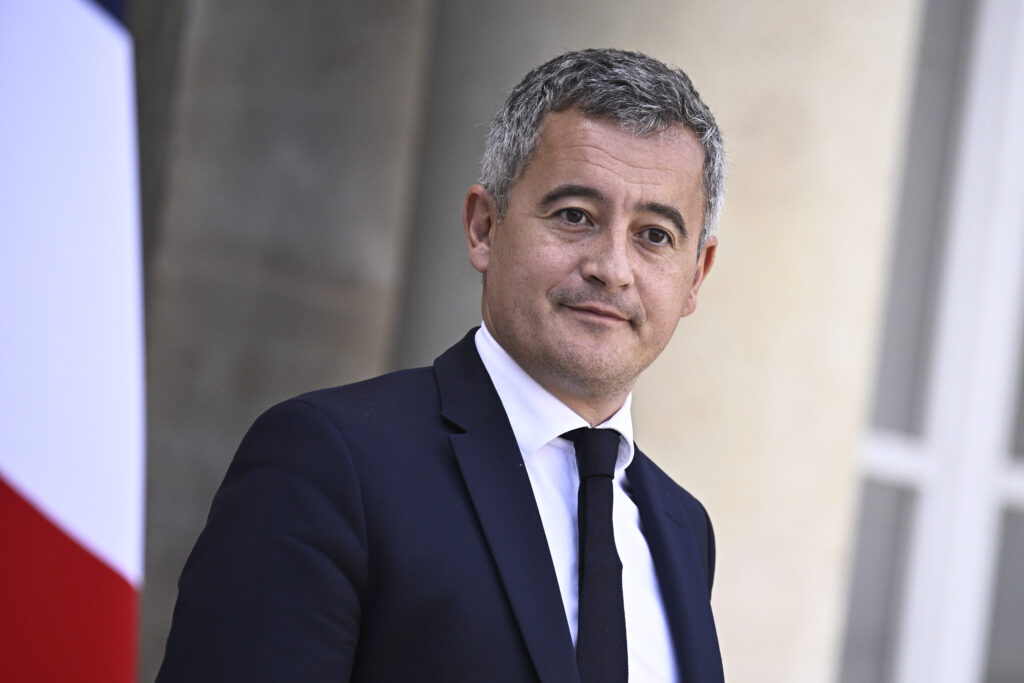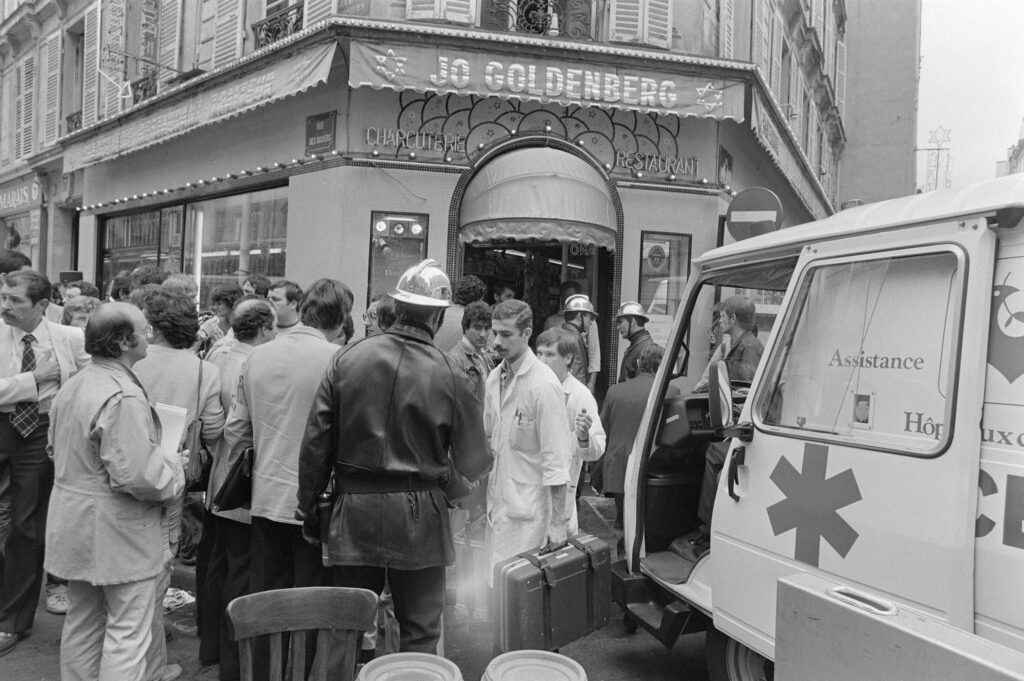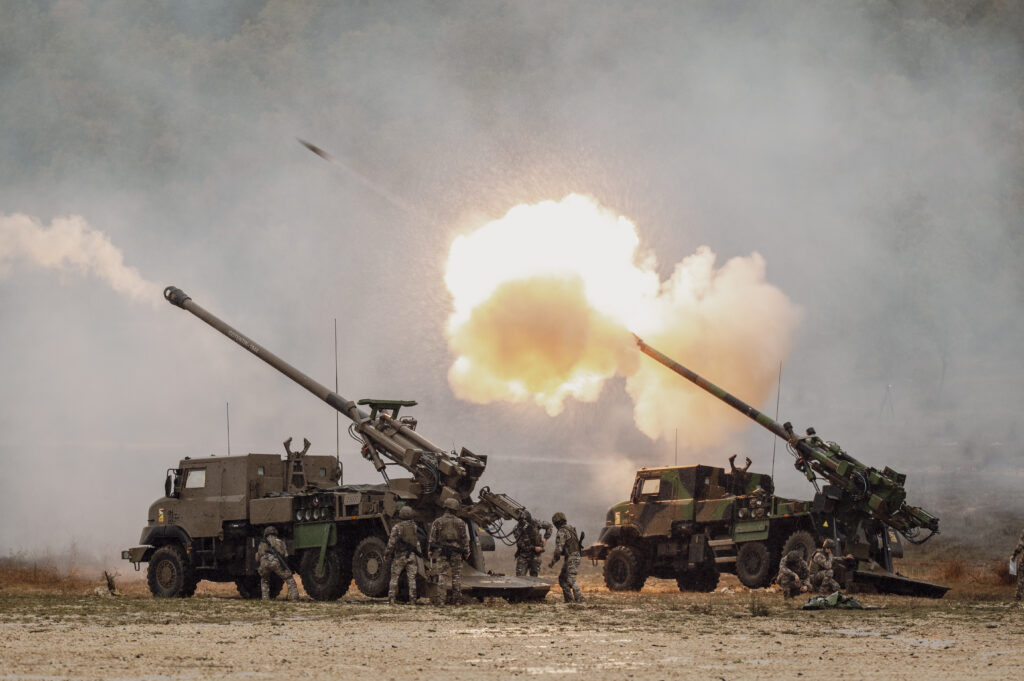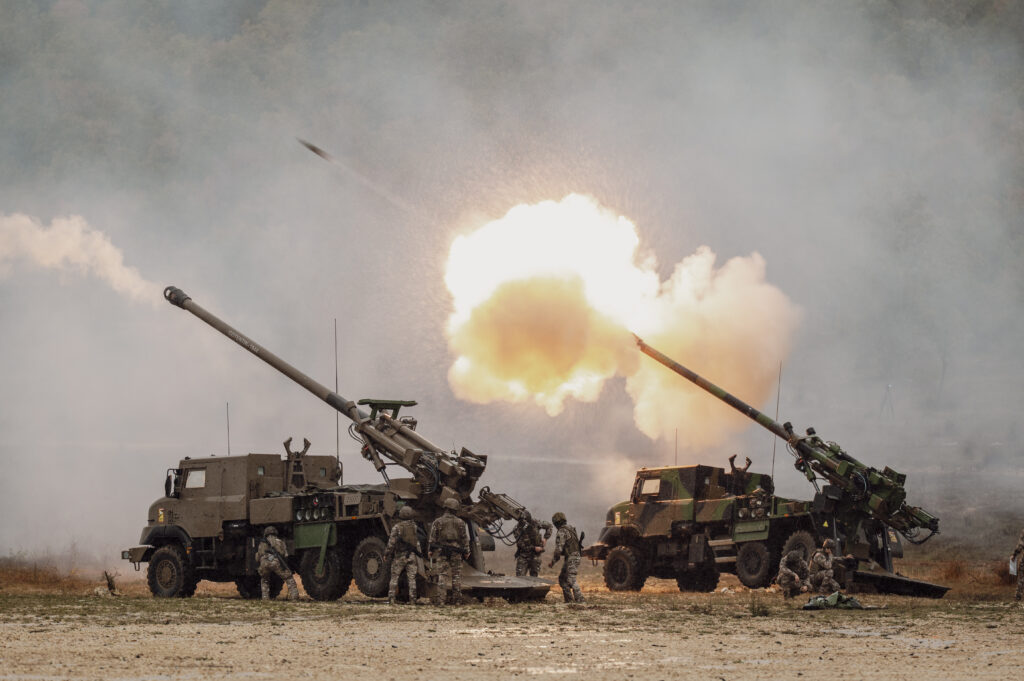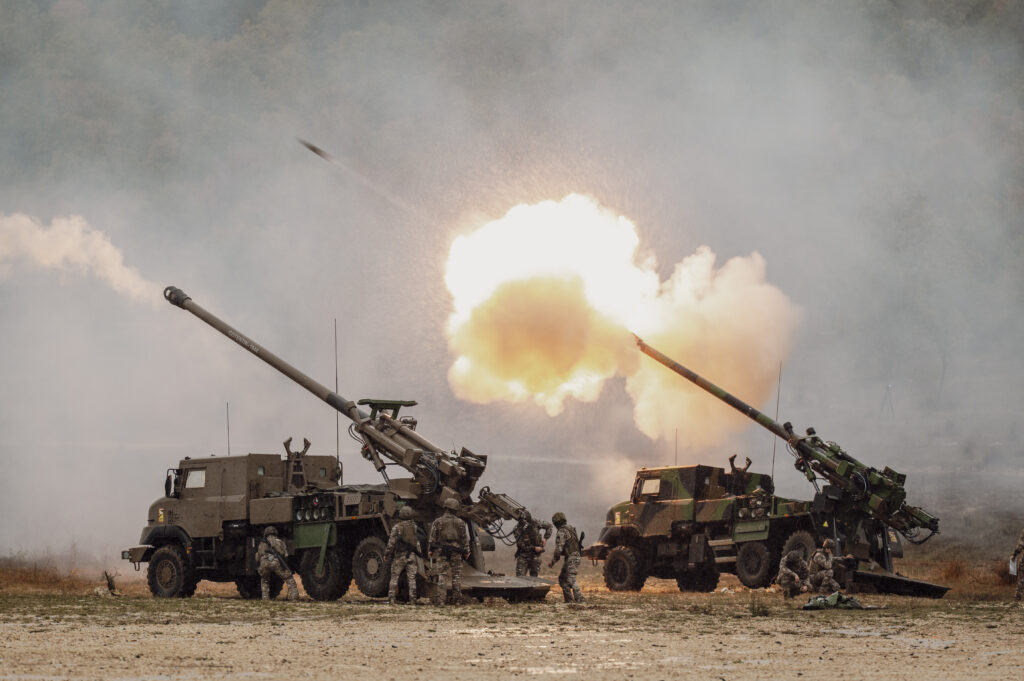Des émissaires américains rencontrent Netanyahu après des violences meurtrières à Gaza
Des émissaires de Donald Trump ont rencontré lundi en Israël le Premier ministre, Benjamin Netanyahu, au lendemain de violences meurtrières dans la bande de Gaza ayant fait craindre un effondrement du cessez-le-feu dans le territoire palestinien. Après des frappes israéliennes dimanche à Gaza en réponse, selon Israël, à des attaques du Hamas, le président américain Donald Trump a assuré que le cessez-le-feu qu’il a parrainé était toujours en vigueur. Le mouvement islamiste a démenti les accusations d’Israël.M. Netanyahu a reçu Steve Witkoff, émissaire de M. Trump, et Jared Kushner, gendre du président américain, “pour discuter des derniers développements”, a déclaré Shosh Bedrosian, porte-parole du gouvernement israélien, annonçant également une visite du vice-président américain JD Vance et de son épouse. M. Vance arrivera mardi “pour sa mission, et nous discuterons de deux choses (…). Les défis de sécurité auxquels nous faisons face et les opportunités diplomatiques qui s’offrent à nous. Nous surmonterons les défis et saisirons les opportunités”, a ensuite précisé M. Netanyahu. Les violences dimanche à Gaza étaient les premières de cette ampleur depuis l’entrée en vigueur de la trêve le 10 octobre, après un accord entre le Hamas et Israël basé sur le plan de M. Trump visant notamment à la libération des otages israéliens en échange de prisonniers palestiniens, à permettre l’afflux d’aide à Gaza, et à mettre fin définitivement à la guerre. Celle-ci a été déclenchée par une attaque sans précédent du Hamas contre Israël le 7 octobre 2023.Quelques heures après sa fermeture, en marge des violences dimanche à Gaza, une source de sécurité israélienne a annoncé lundi la réouverture du point de passage de Kerem Shalom, entre Israël et Gaza, par lequel transite une aide humanitaire cruciale pour la population. – “153 tonnes de bombes” -La Défense civile à Gaza a fait état d’au moins 45 Palestiniens tués dimanche dans les frappes israéliennes, dont des civils et un journaliste.”Le sang est à nouveau versé. C’est comme si la guerre est de retour”, a témoigné auprès de l’AFP Abdullah Abou Hasanin, un Palestinien de 29 ans, à Al‑Bureij, camp du centre de la bande de Gaza.L’armée israélienne a aussi annoncé la mort au combat de deux soldats dimanche à Rafah, dans le sud de Gaza. Benjamin Netanyahu a affirmé lundi que l’armée avait largué la veille “153 tonnes de bombes” sur Gaza “après que deux de nos soldats ont été tués par le Hamas”.Selon un responsable israélien, le Hamas a tiré dimanche sur les troupes à Rafah et des combattants palestiniens ont été “éliminés dans une frappe après avoir franchi la ligne jaune” à Beit Lahia (nord), soit la ligne de repli des troupes israéliennes à l’intérieur de la bande de Gaza, convenue dans le cadre du cessez-le-feu. Le Hamas a affirmé n’avoir “aucune connaissance d’incidents ou d’affrontements” à Rafah et a réaffirmé son “engagement total” en faveur du cessez-le-feu. M. Trump a, lui, blâmé “certains rebelles” au sein du Hamas. “Ils ont tiré des coups de feu, et nous pensons que leurs dirigeants ne sont peut-être pas impliqués”. – Le Hamas au Caire -Une délégation du Hamas est de son côté au Caire lundi, pour discuter avec les médiateurs égyptiens et qataris du cessez-le-feu et d’un prochain dialogue interpalestinien.En vertu de la première phase de l’accord de cessez-le-feu, le Hamas a remis le 13 octobre, en échange de près de 2.000 prisonniers palestiniens, les 20 otages vivants qu’il détenait encore depuis le 7-Octobre et a rendu jusque-là 12 des 28 dépouilles d’otages.Dimanche, il a annoncé avoir trouvé un 13e corps d’otage à Gaza, qui doit être restitué à 17H00 GMT lundi, a-t-il ensuite précisé.Une étape ultérieure du plan Trump prévoit le désarmement du Hamas et l’amnistie ou l’exil de ses combattants ainsi que la poursuite du retrait israélien de Gaza. Il exclut tout rôle du Hamas dans la gouvernance de Gaza.Le Hamas refuse jusque-là de désarmer, réclame le retrait total israélien de Gaza et affirme qu’il entend participer à toute discussion sur l’avenir du territoire.Ce dialogue interpalestinien aborderait “la formation d’un comité d’experts indépendants chargé de la gestion de Gaza” après la guerre, selon une source proche des discussions, alors que le plan Trump prévoit la mise en place d’une autorité de transition formée de technocrates, chapeautée par un comité dirigé par le président américain. L’attaque du 7 octobre a entraîné côté israélien la mort de 1.221 personnes, en majorité des civils, selon un bilan établi par l’AFP à partir de données officielles.L’offensive israélienne menée en représailles a fait 68.216 morts à Gaza, en majorité des civils, selon les chiffres du ministère de la Santé du Hamas, et provoqué un désastre humanitaire.
